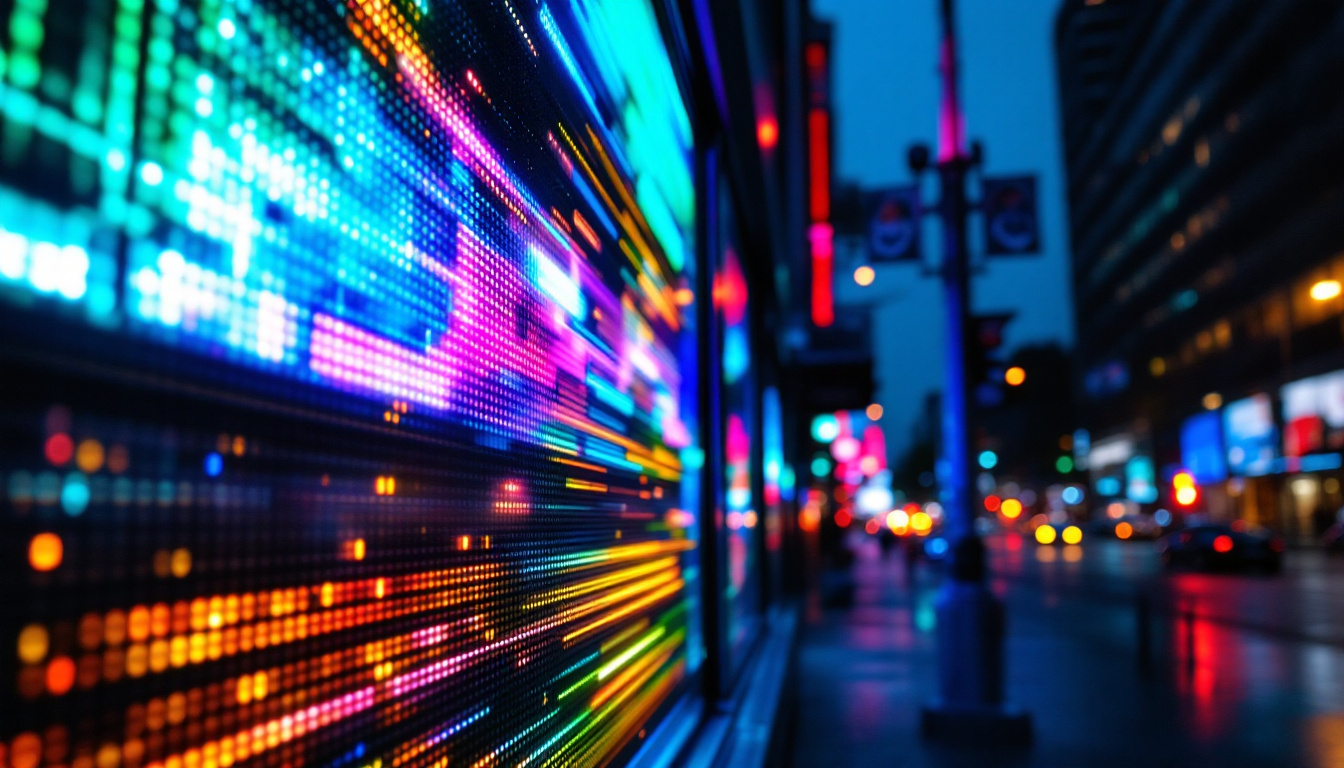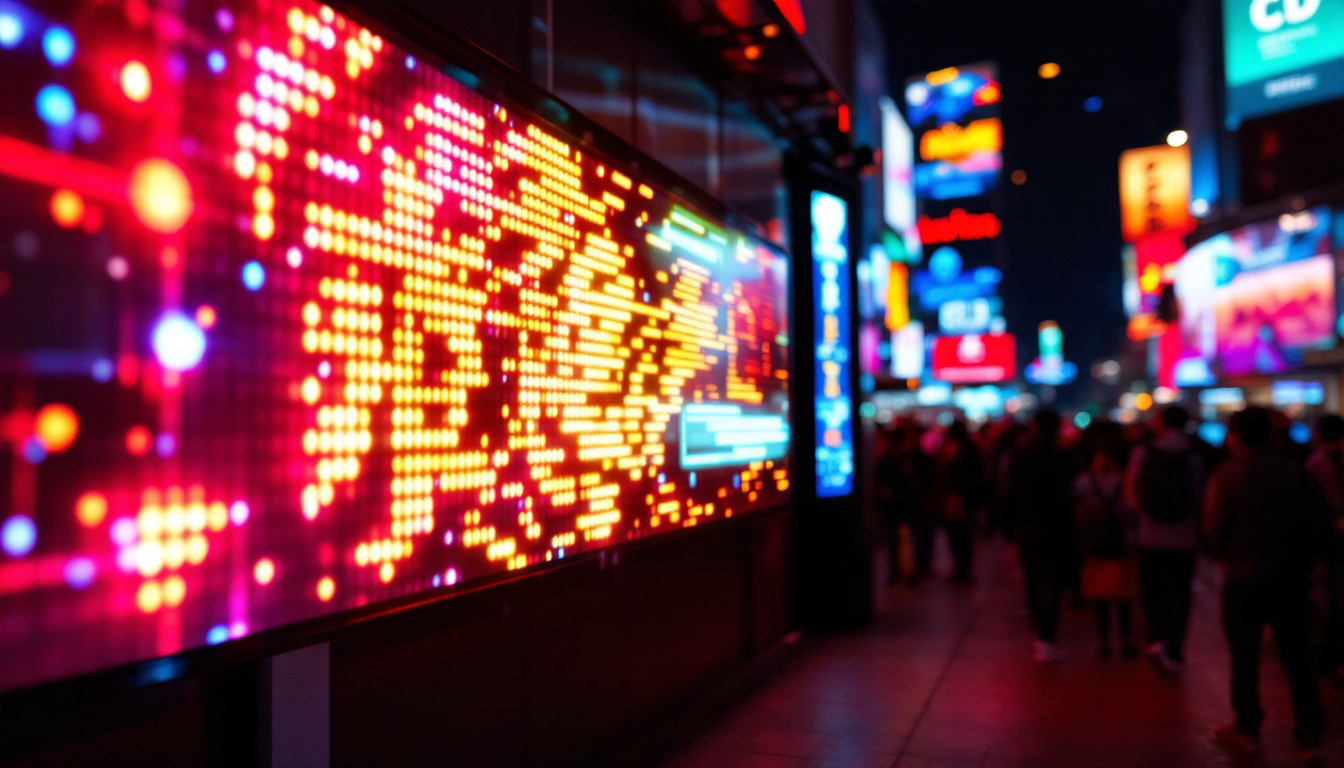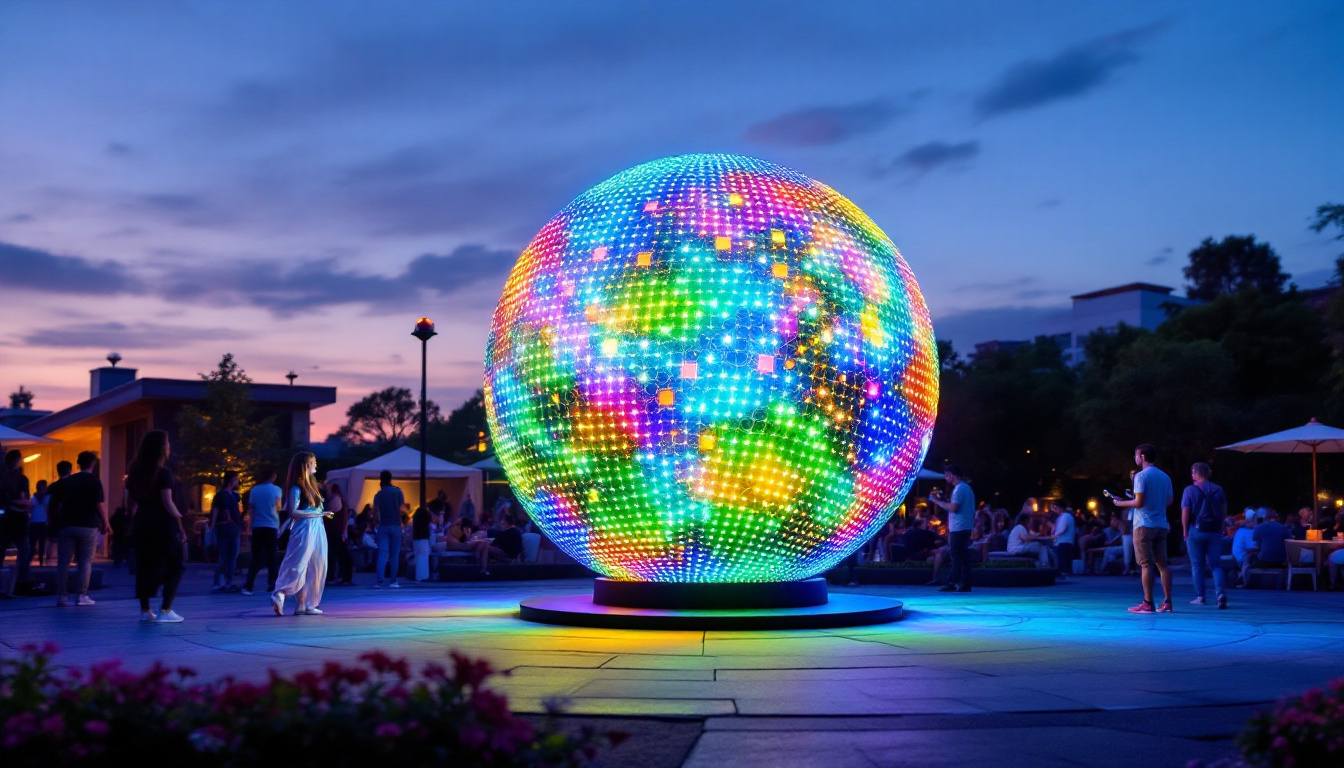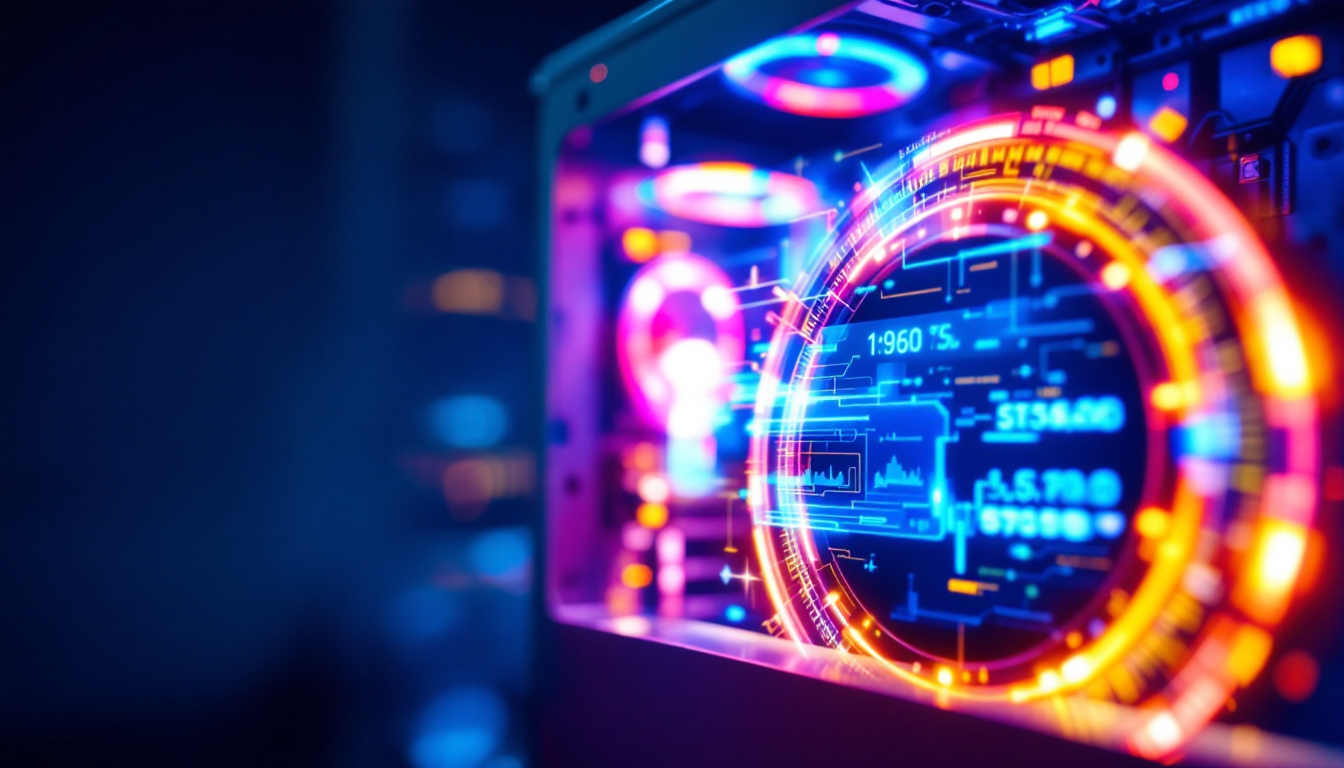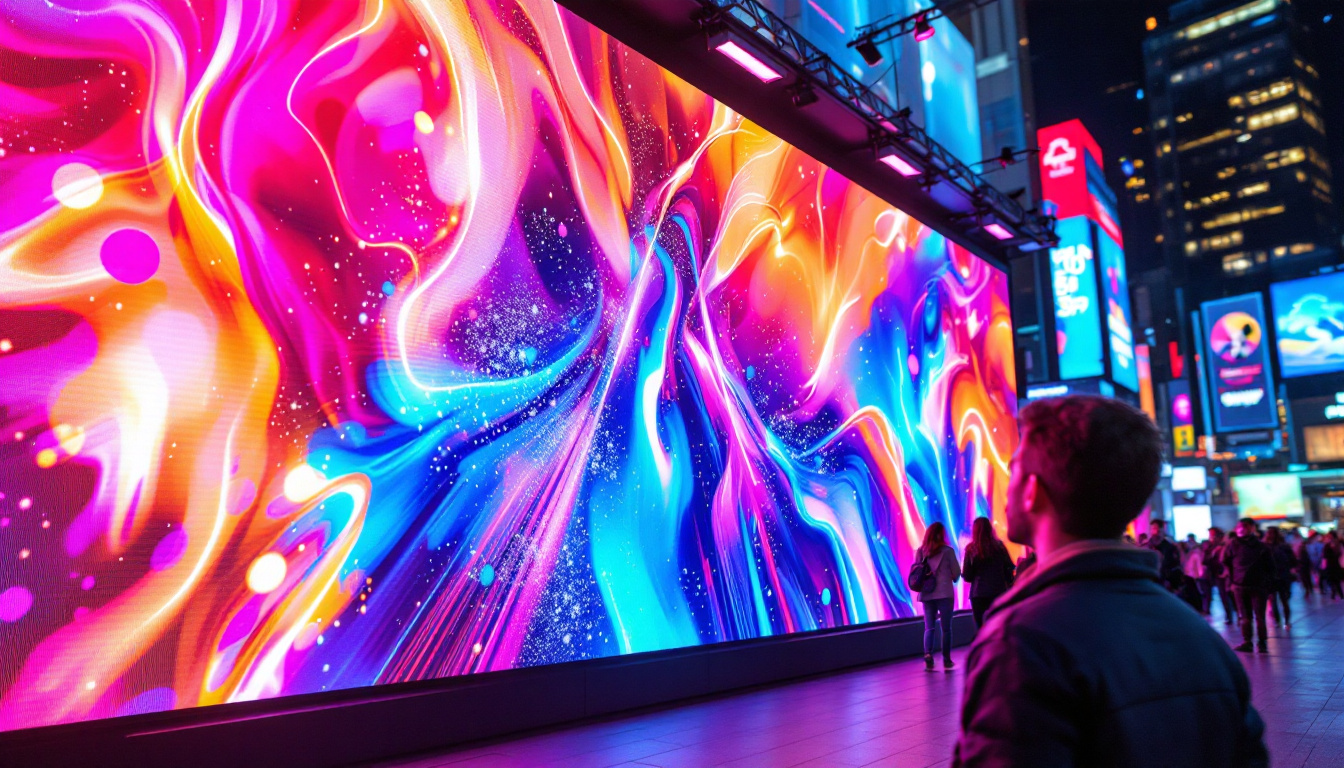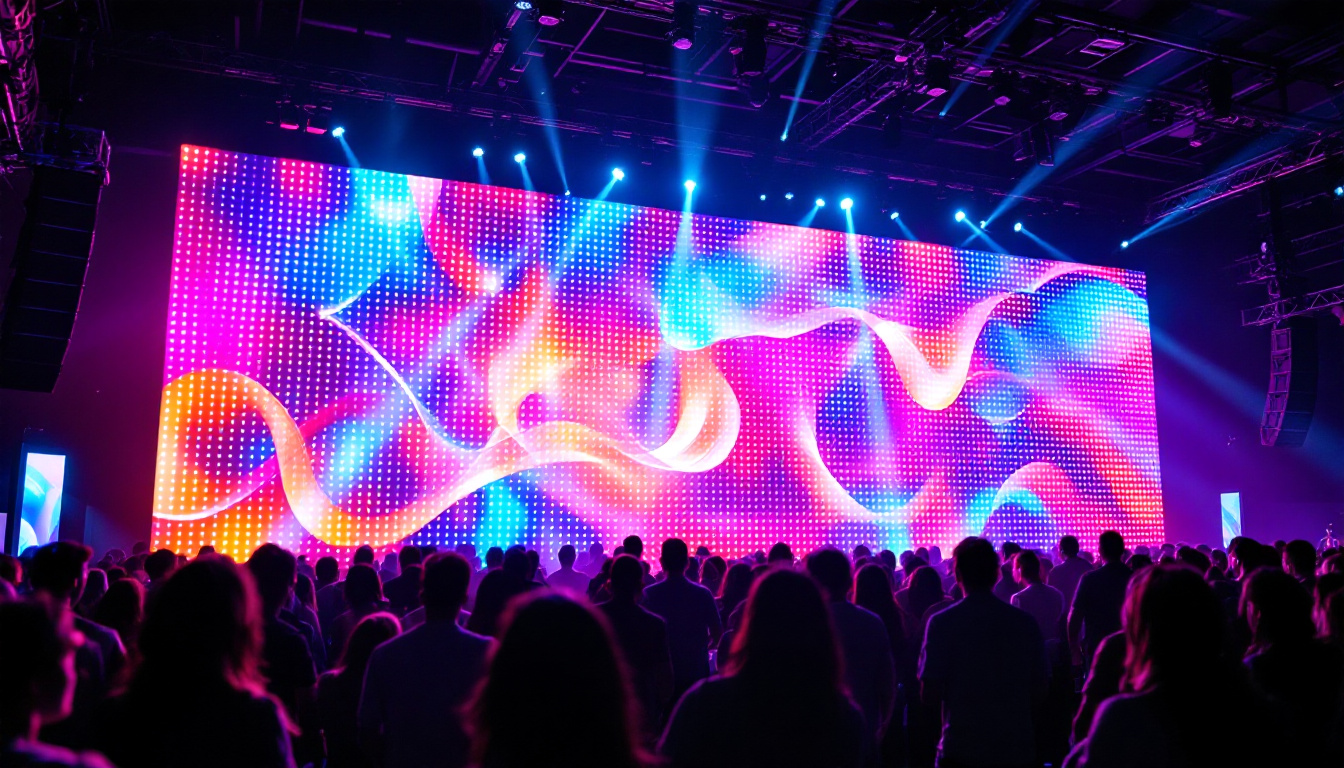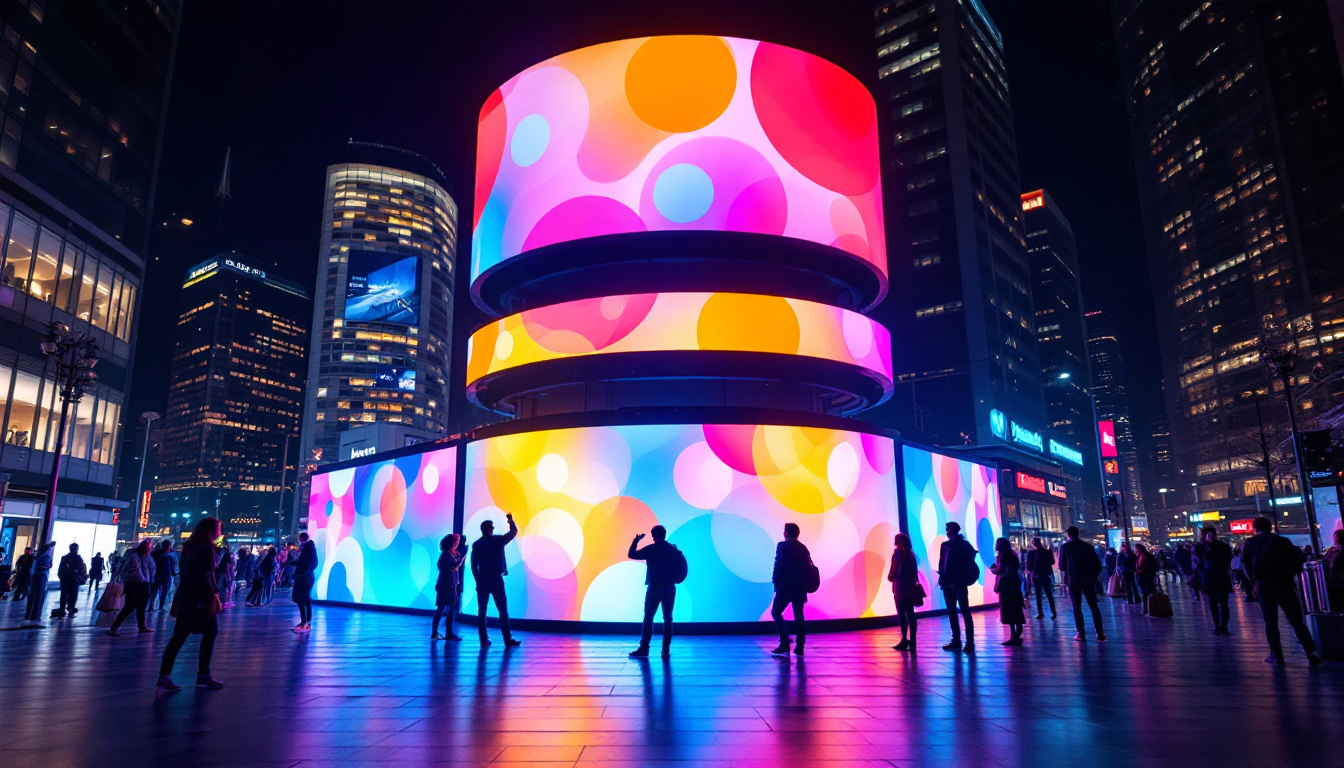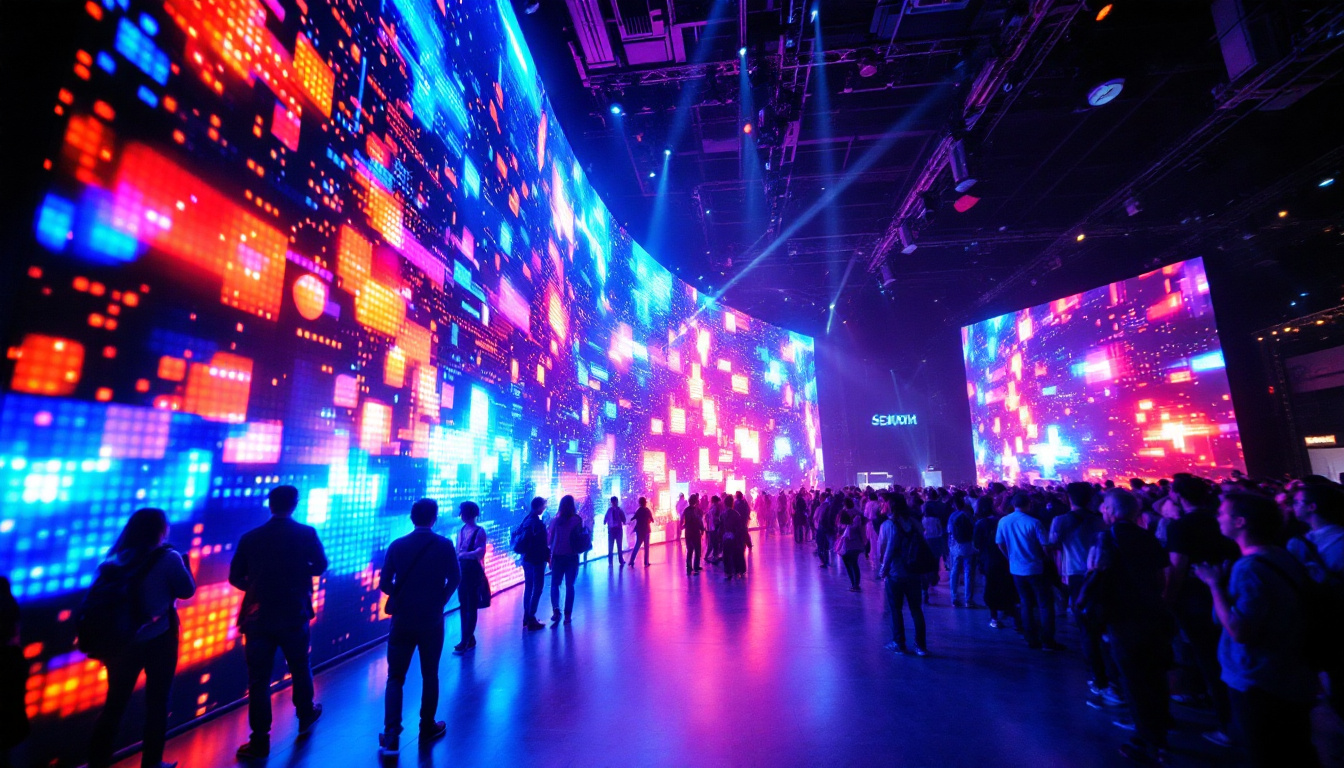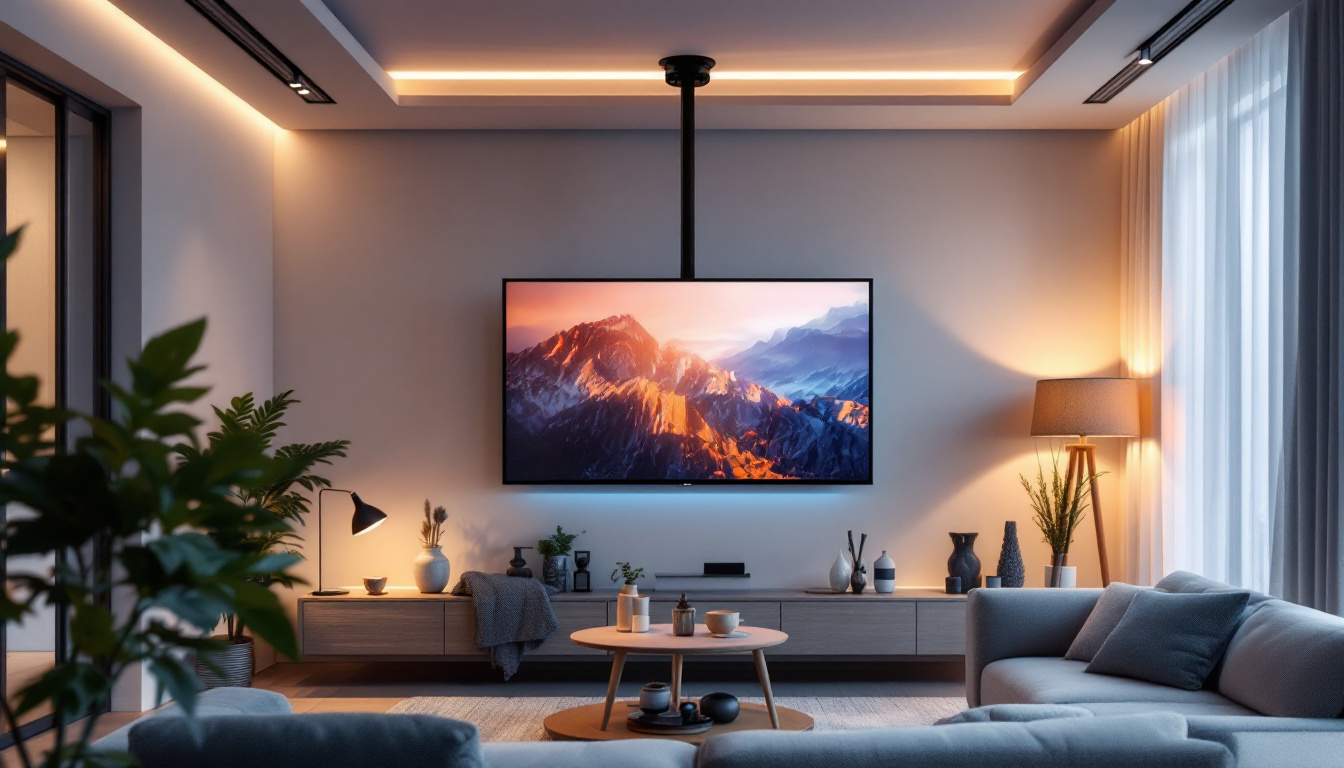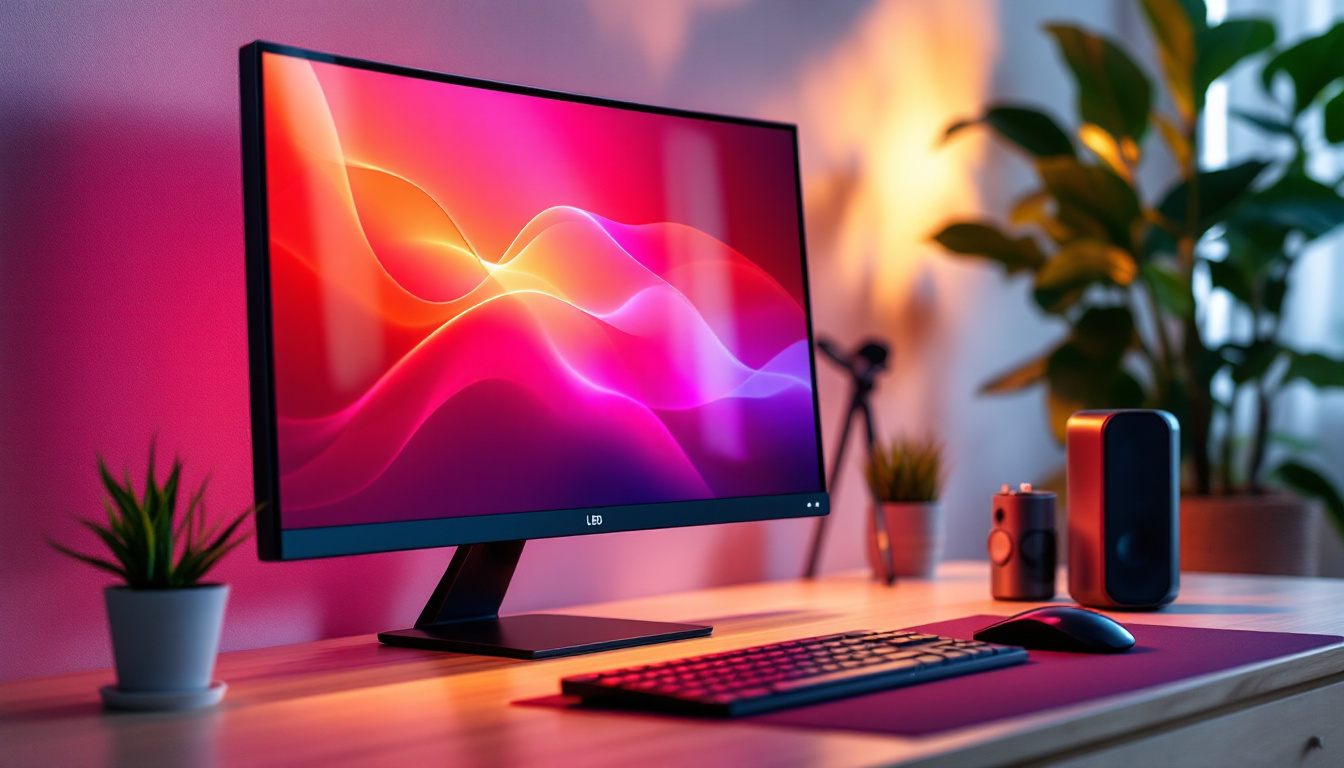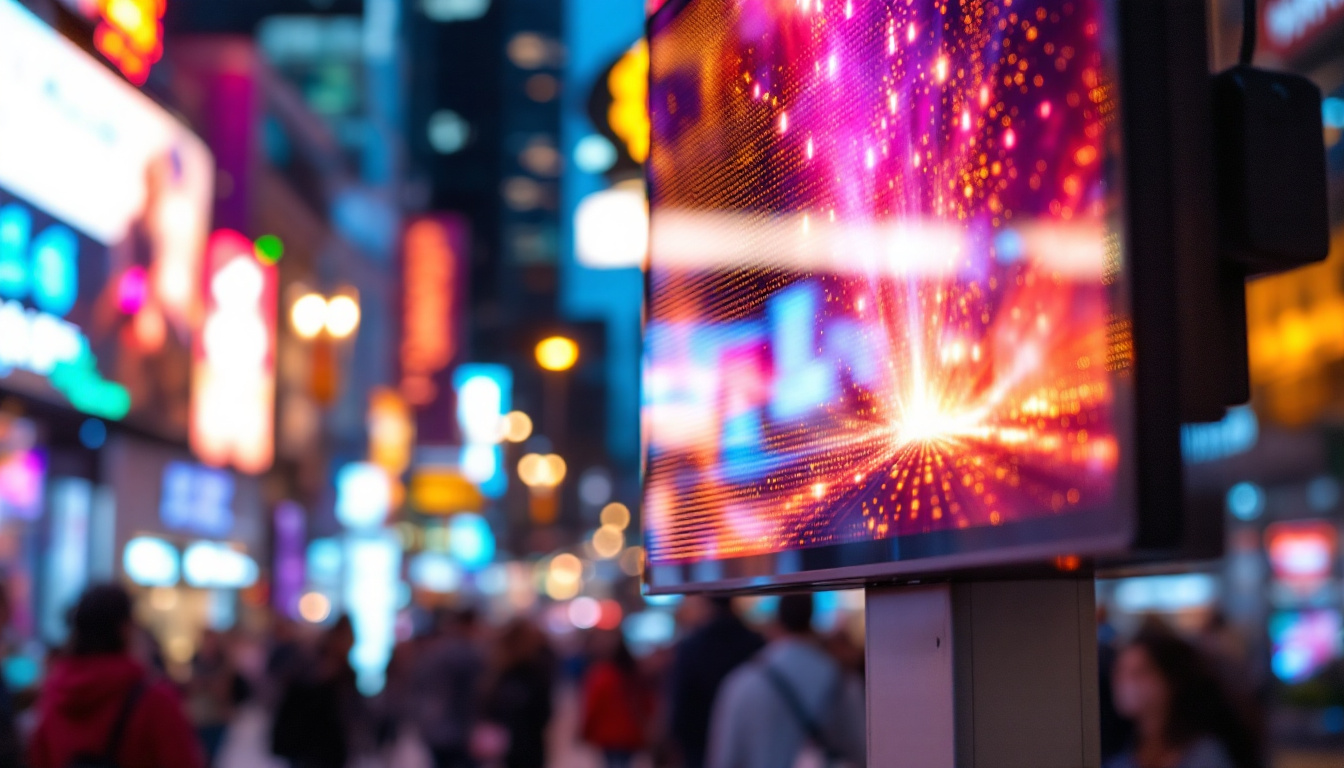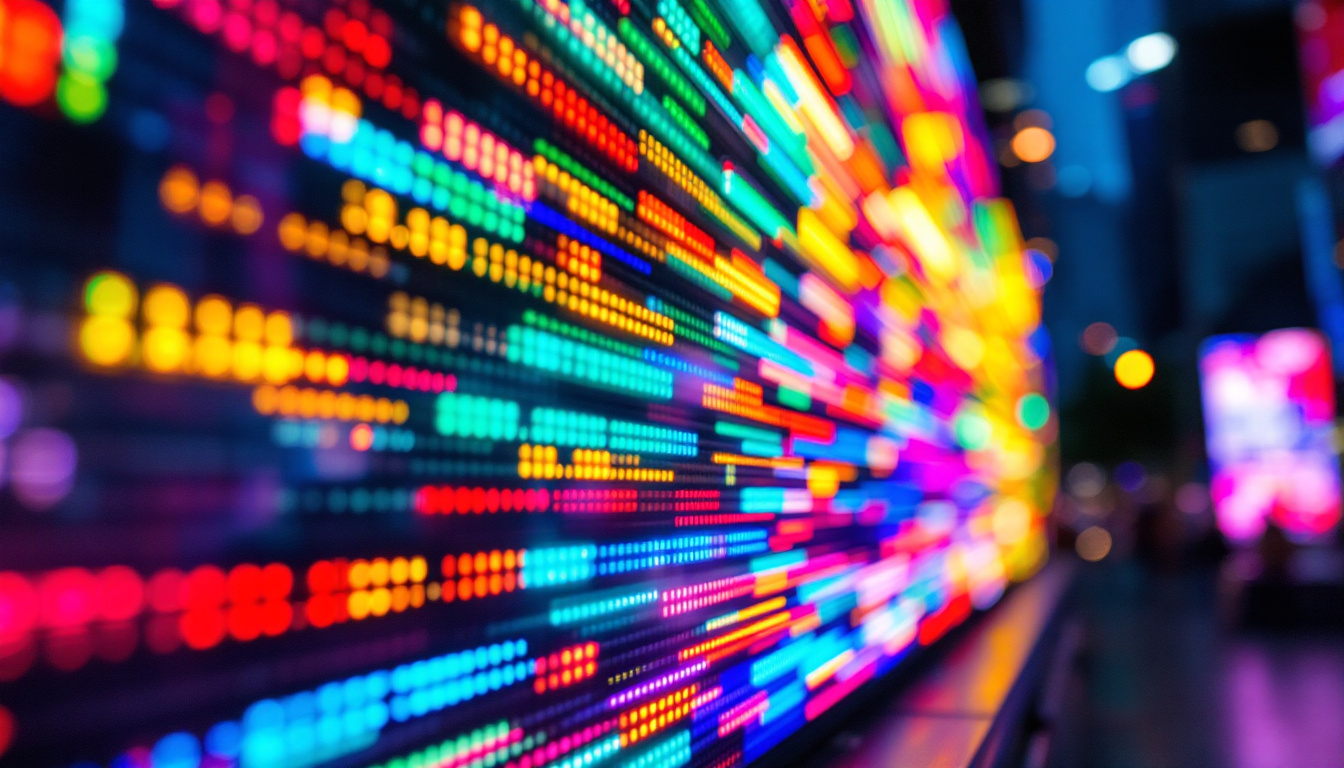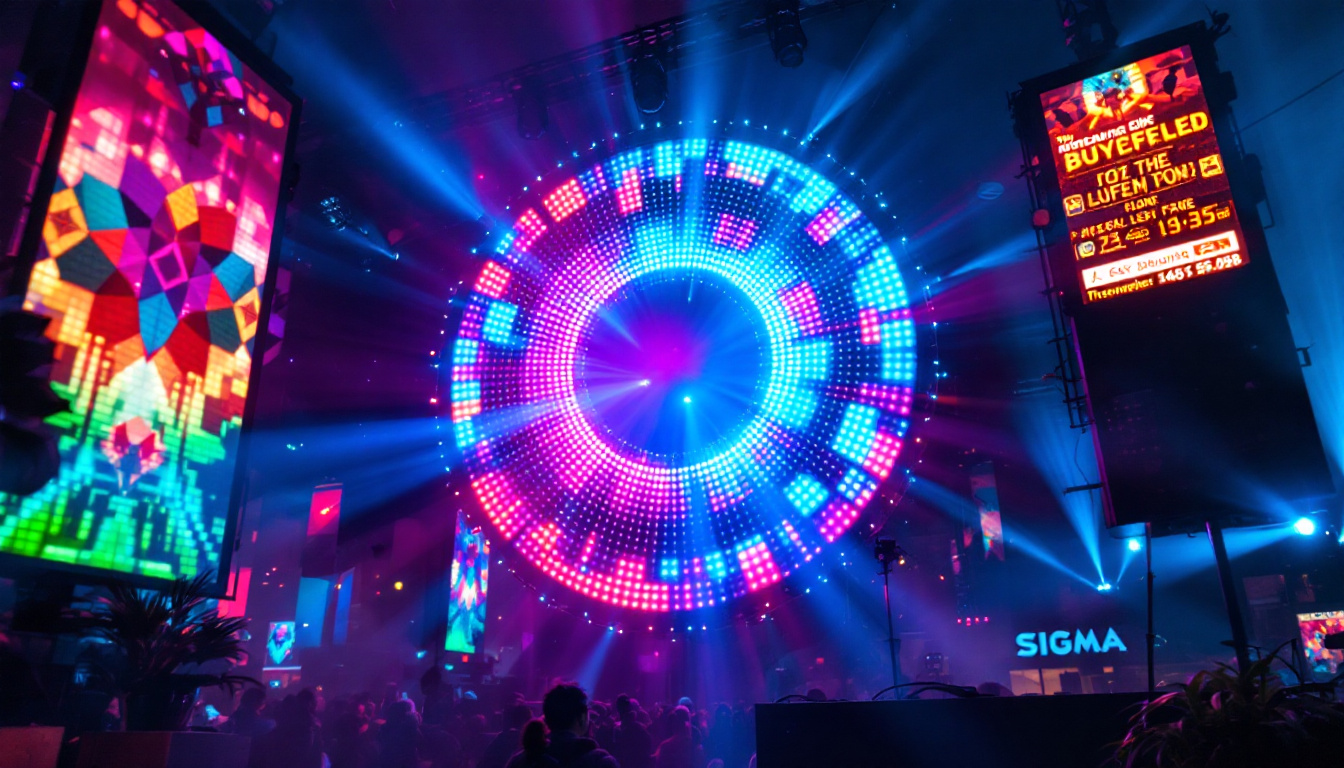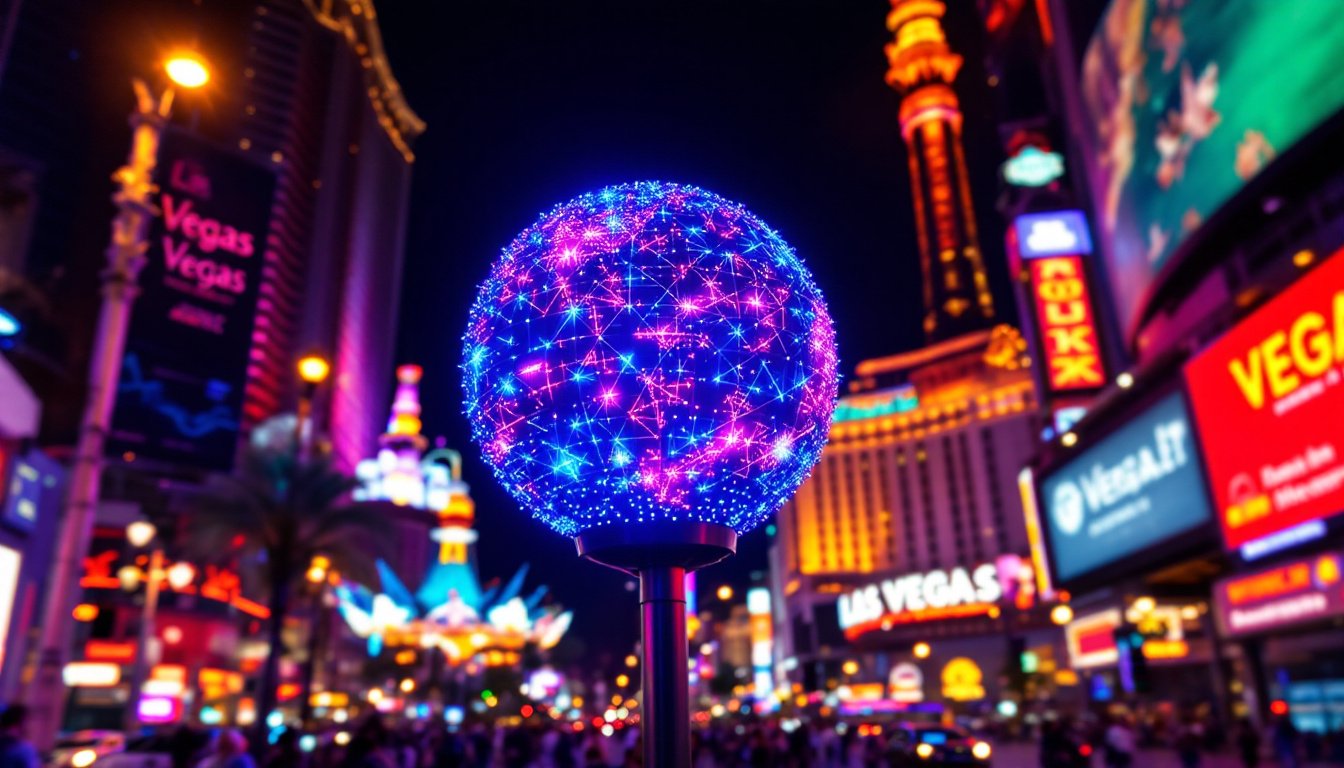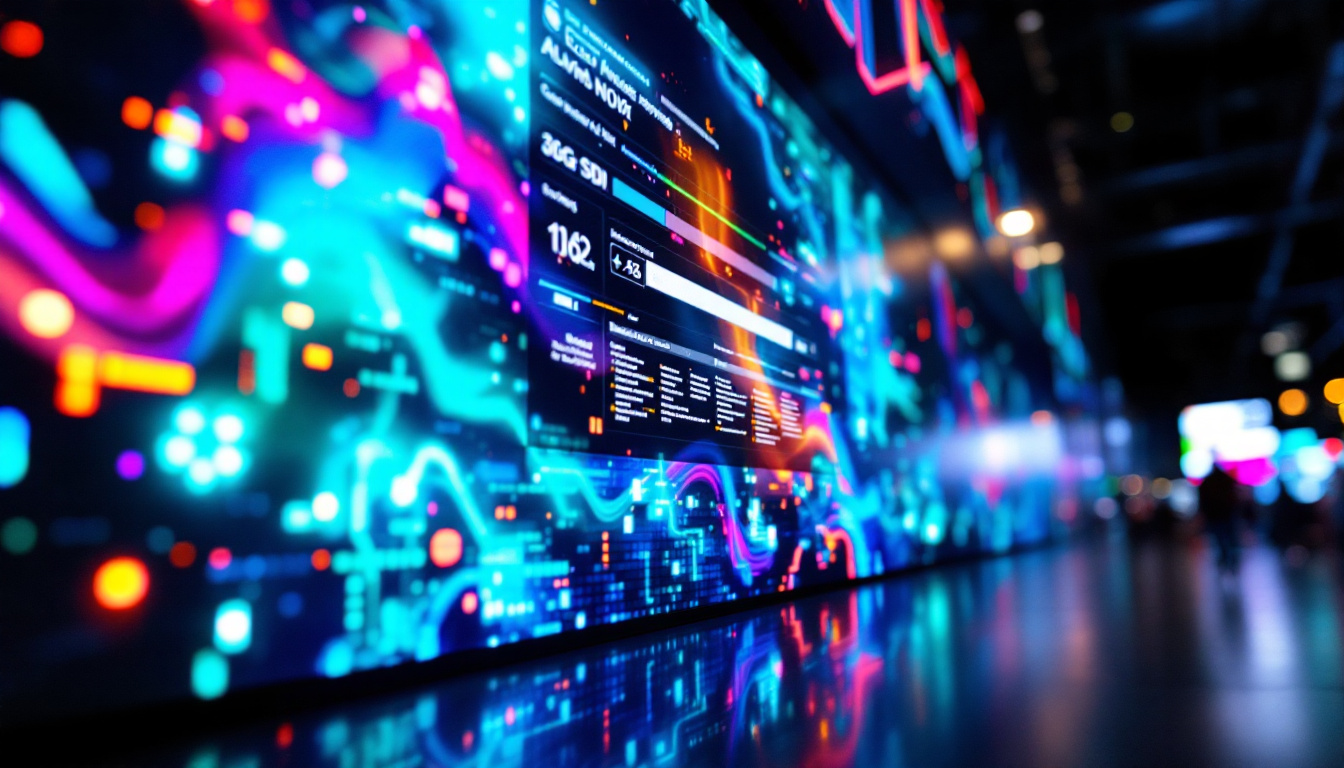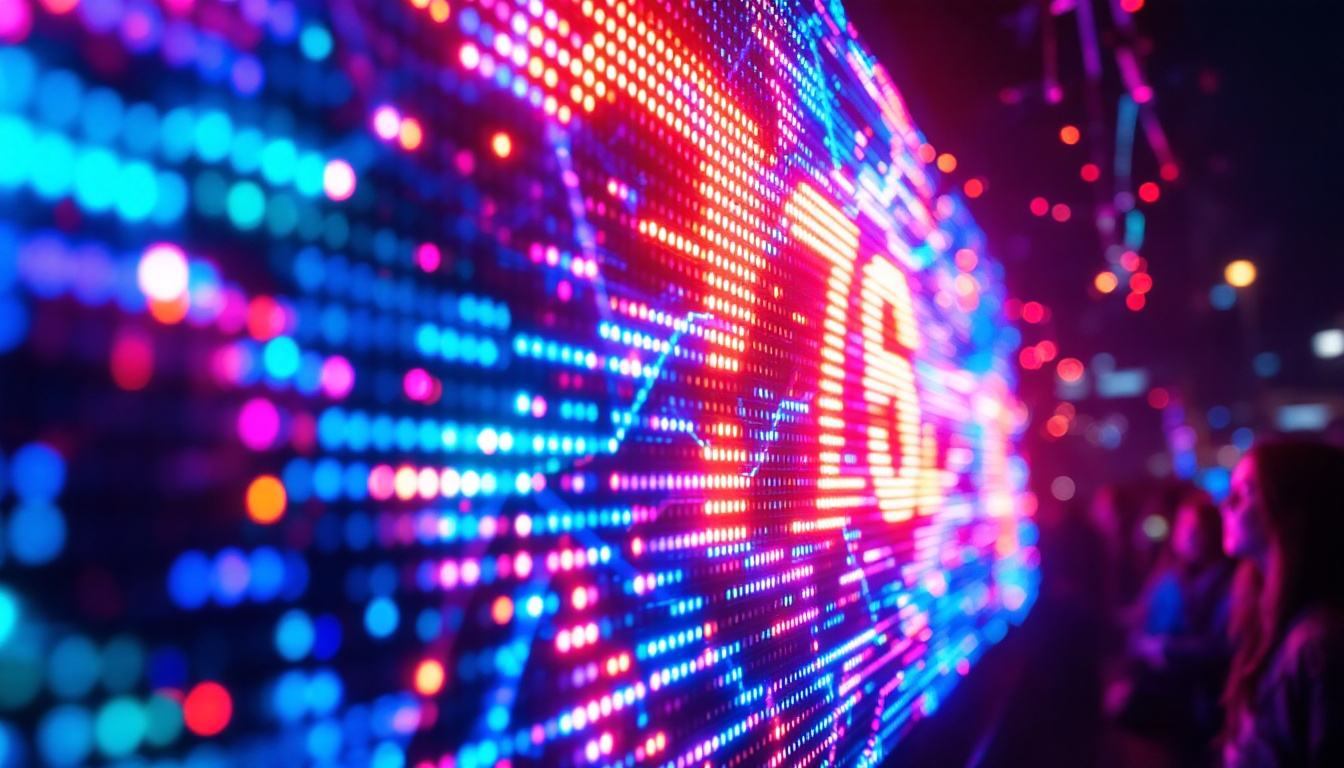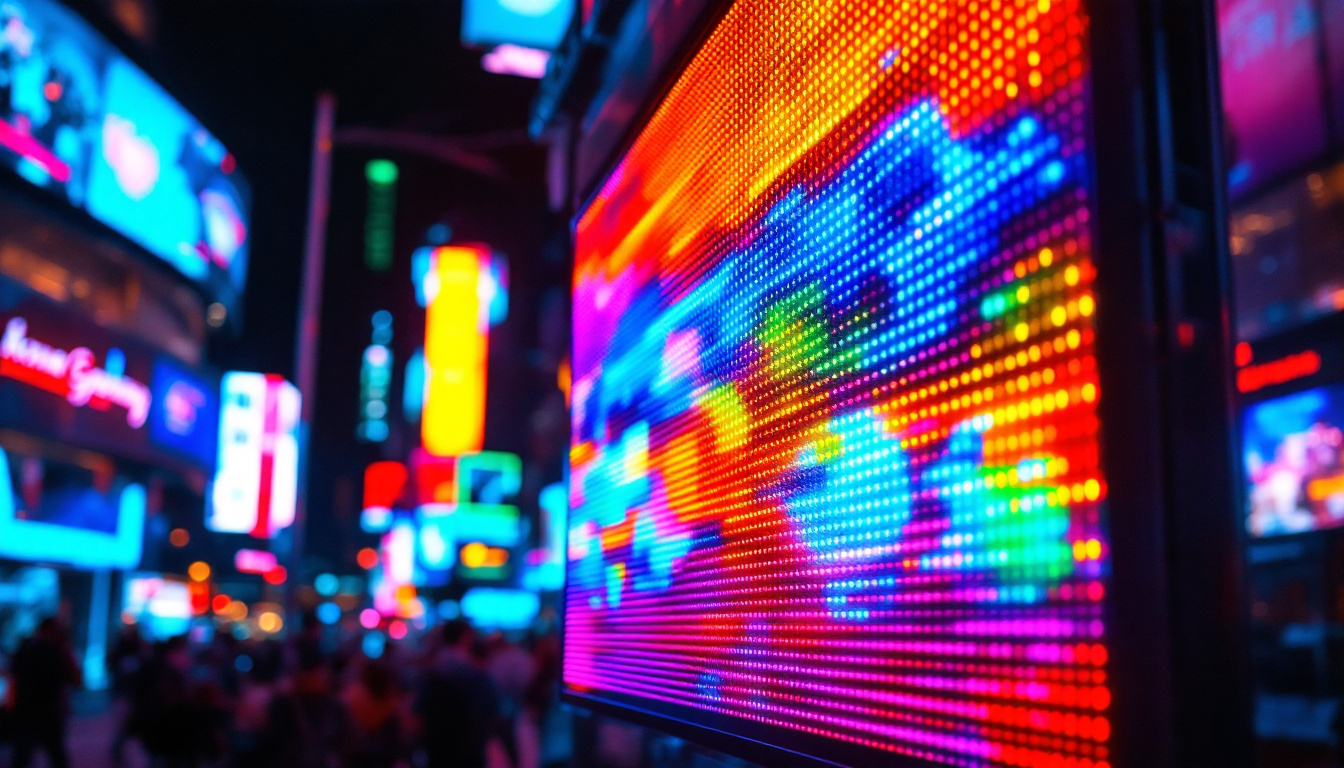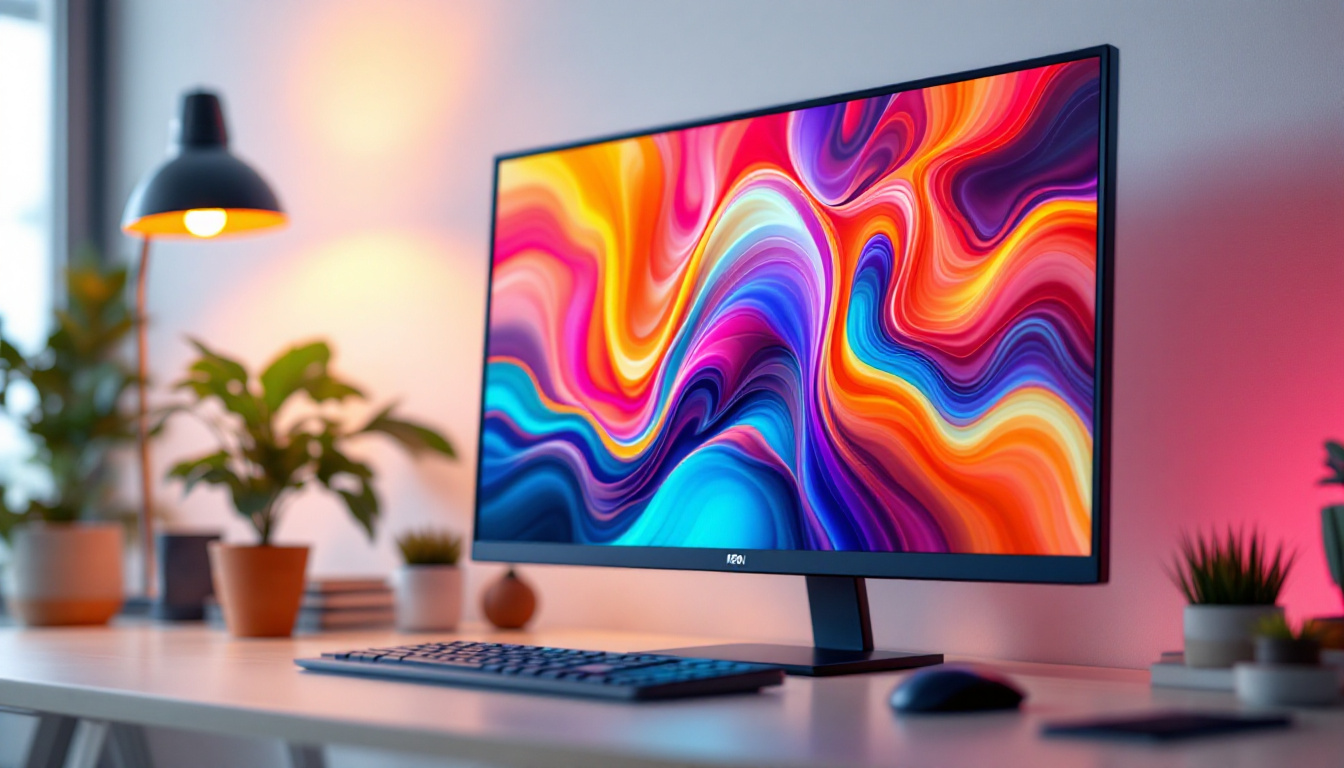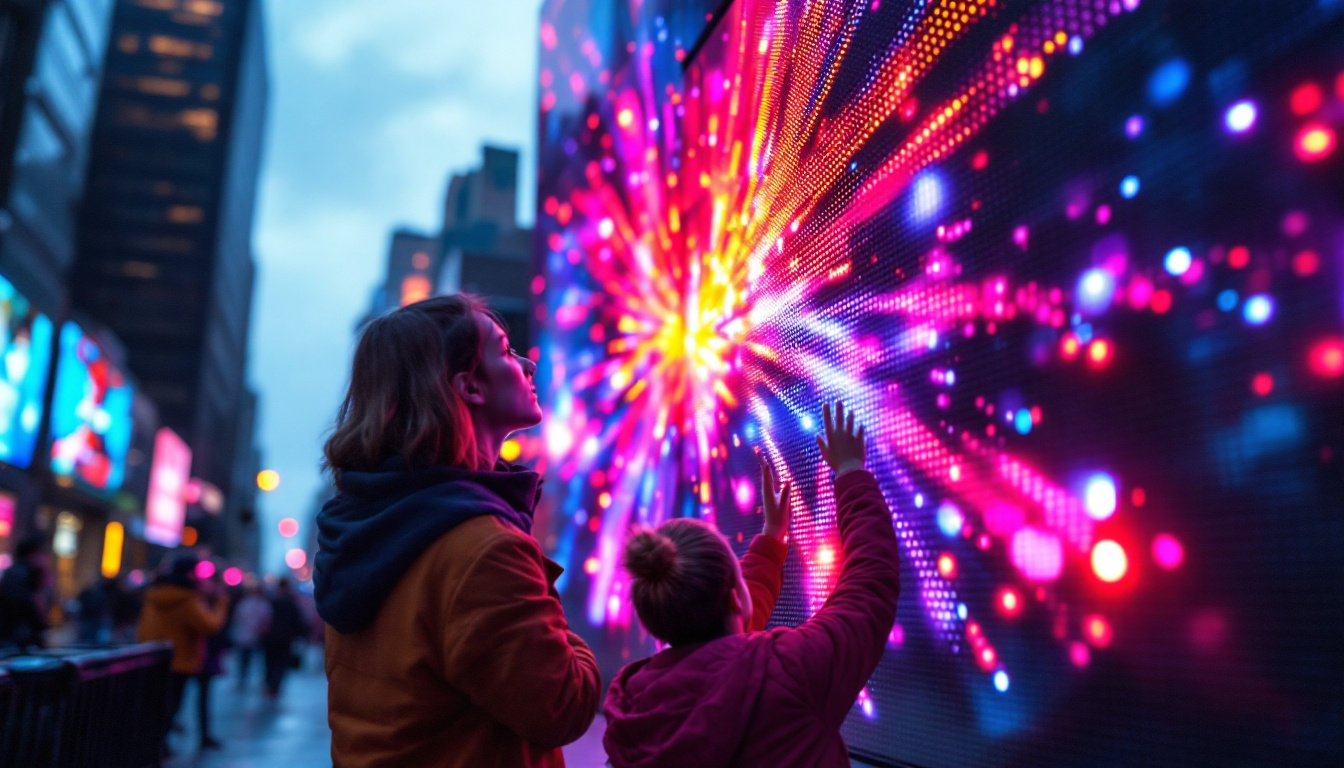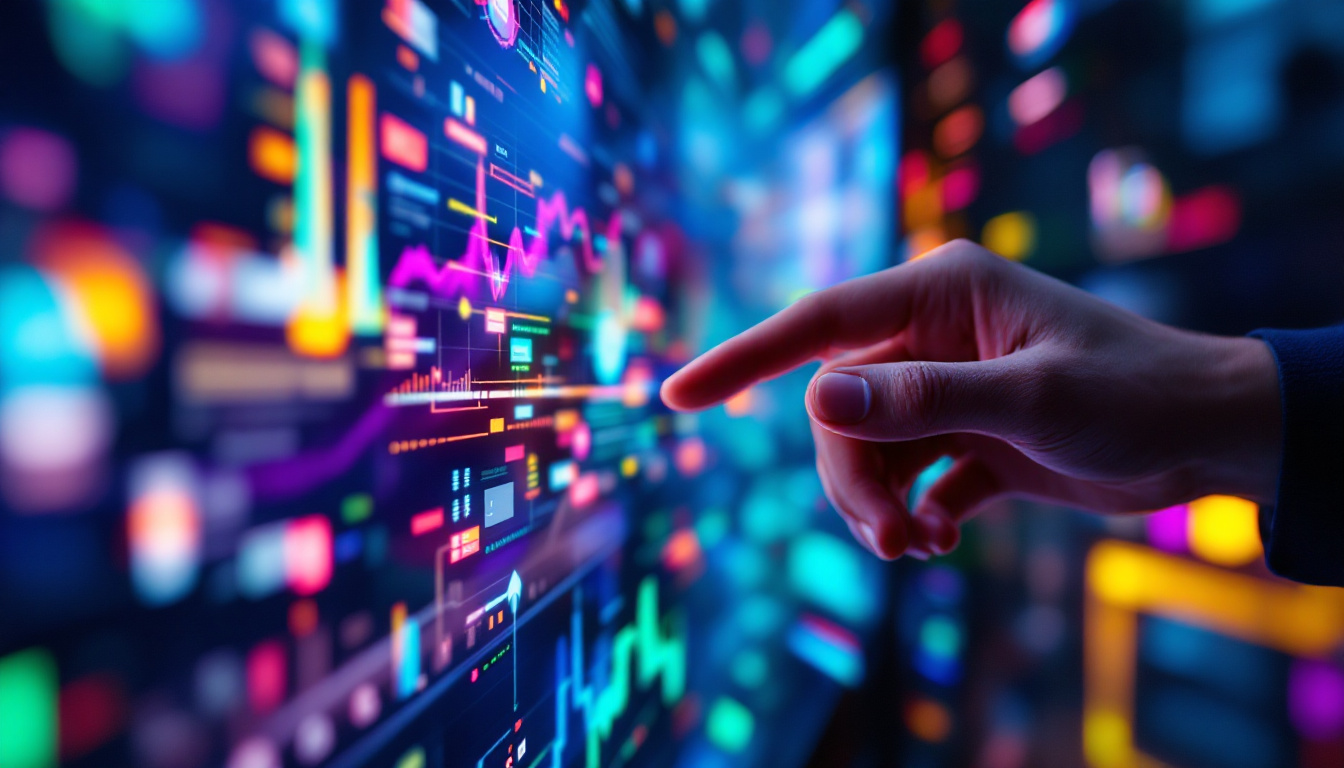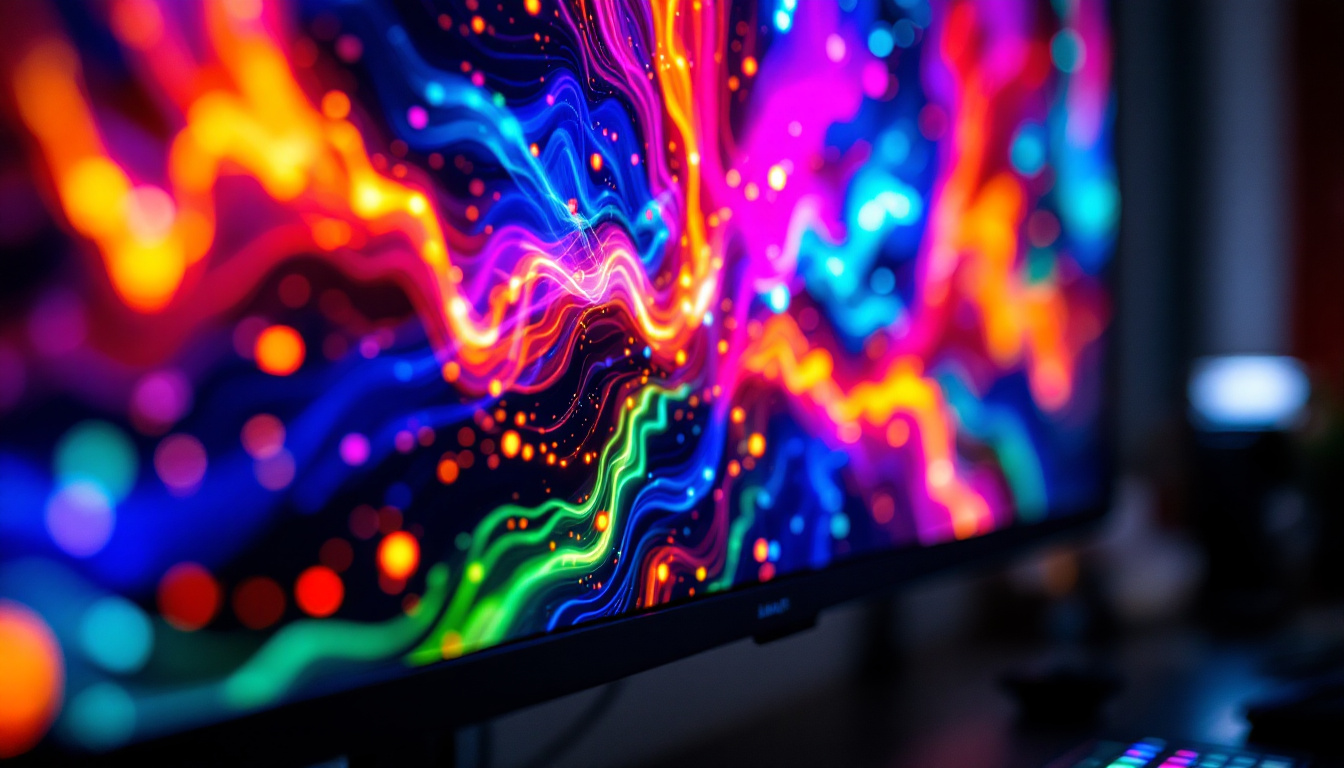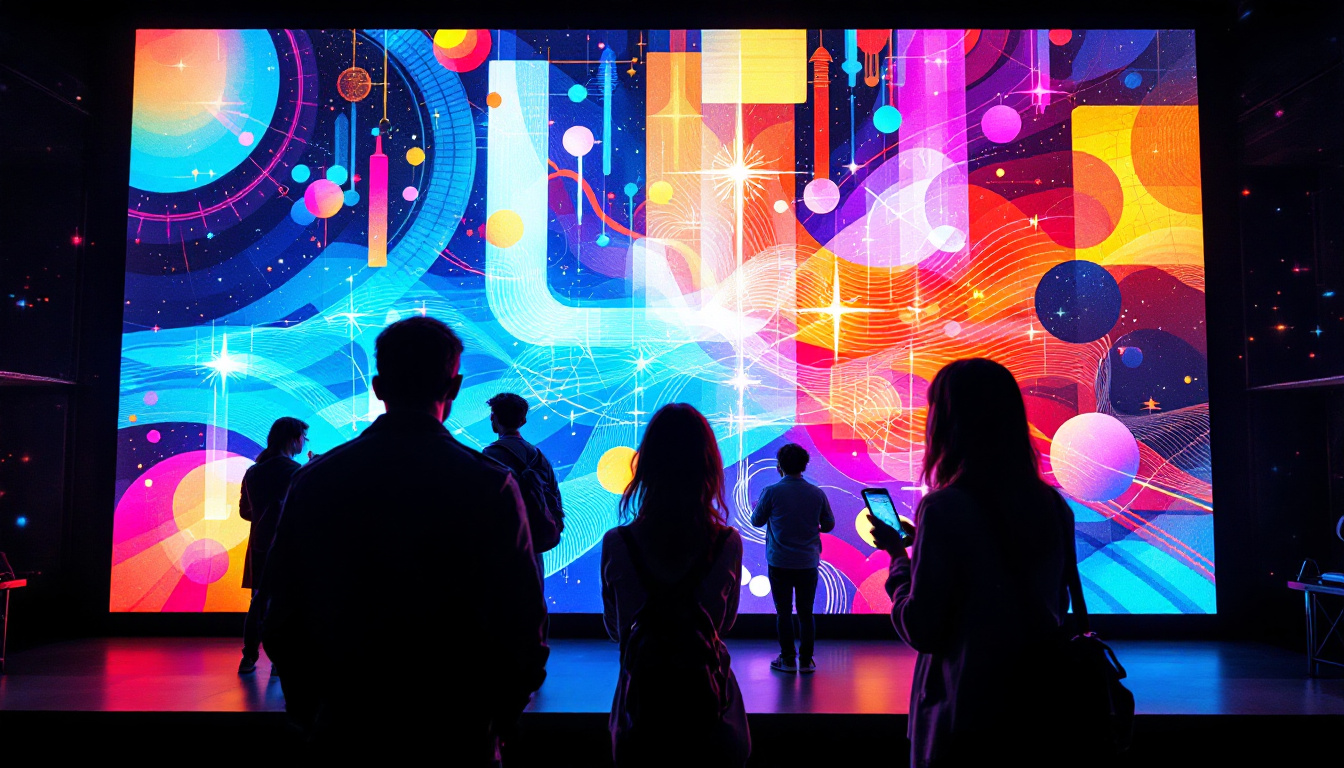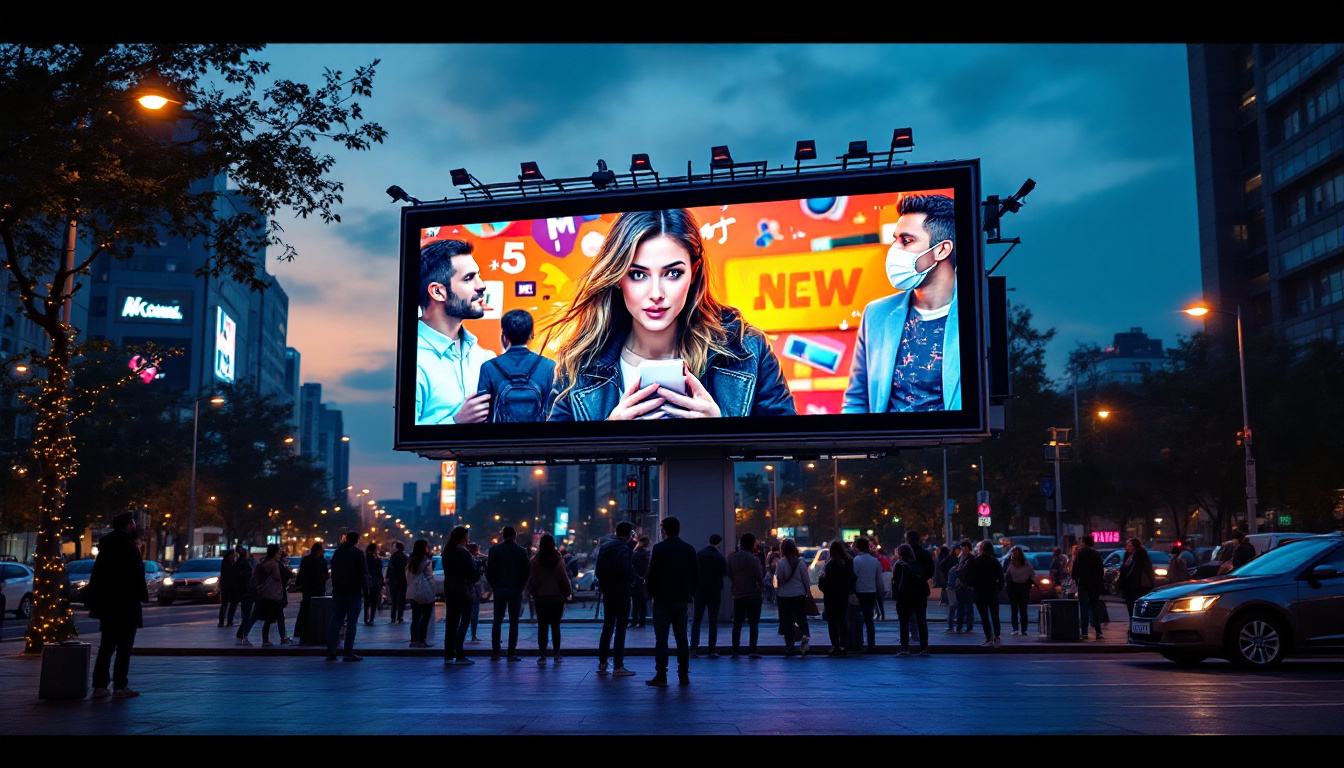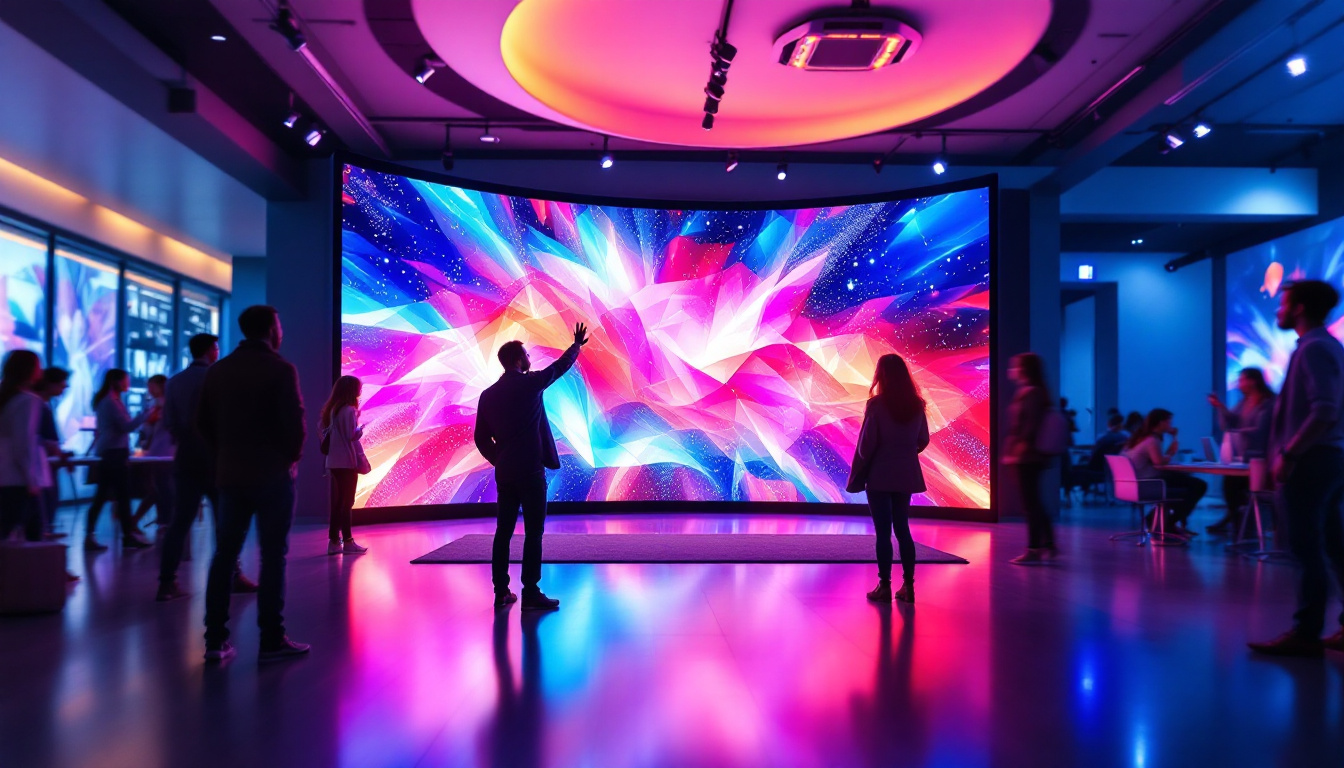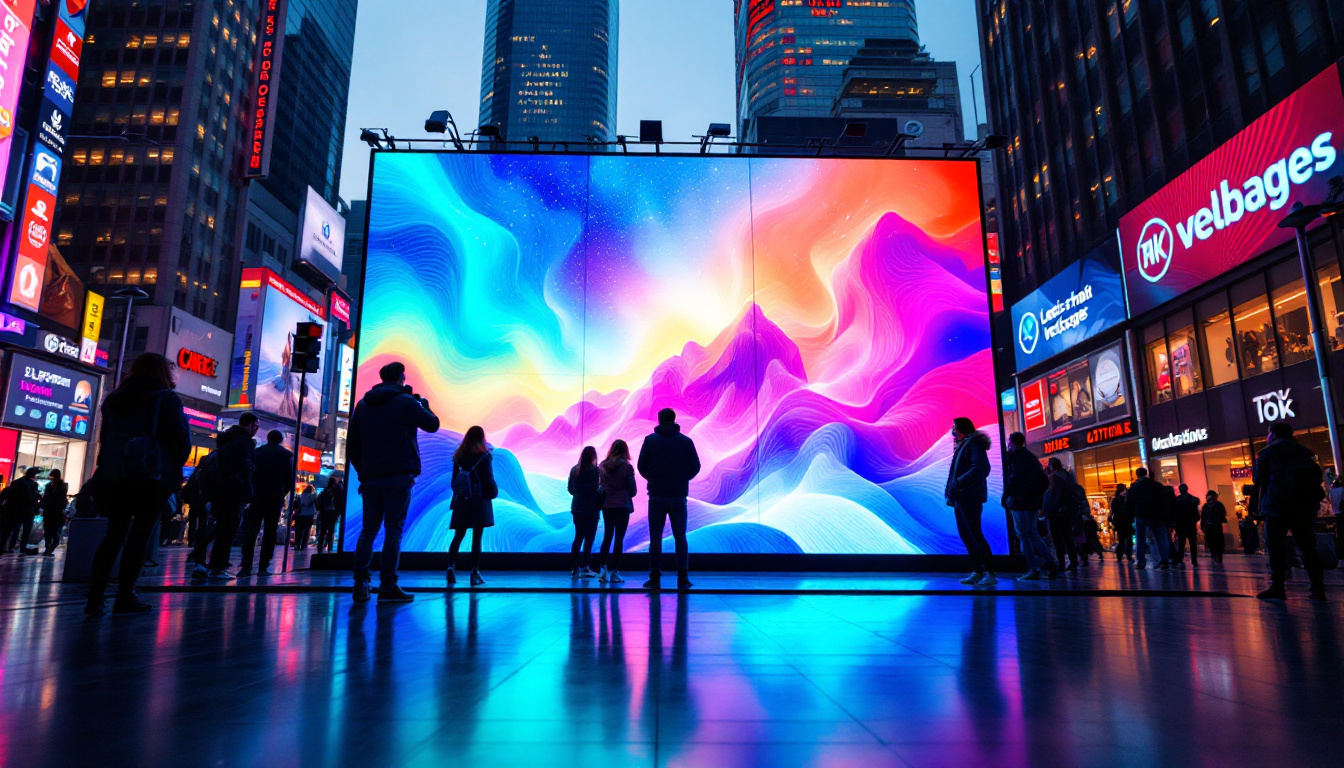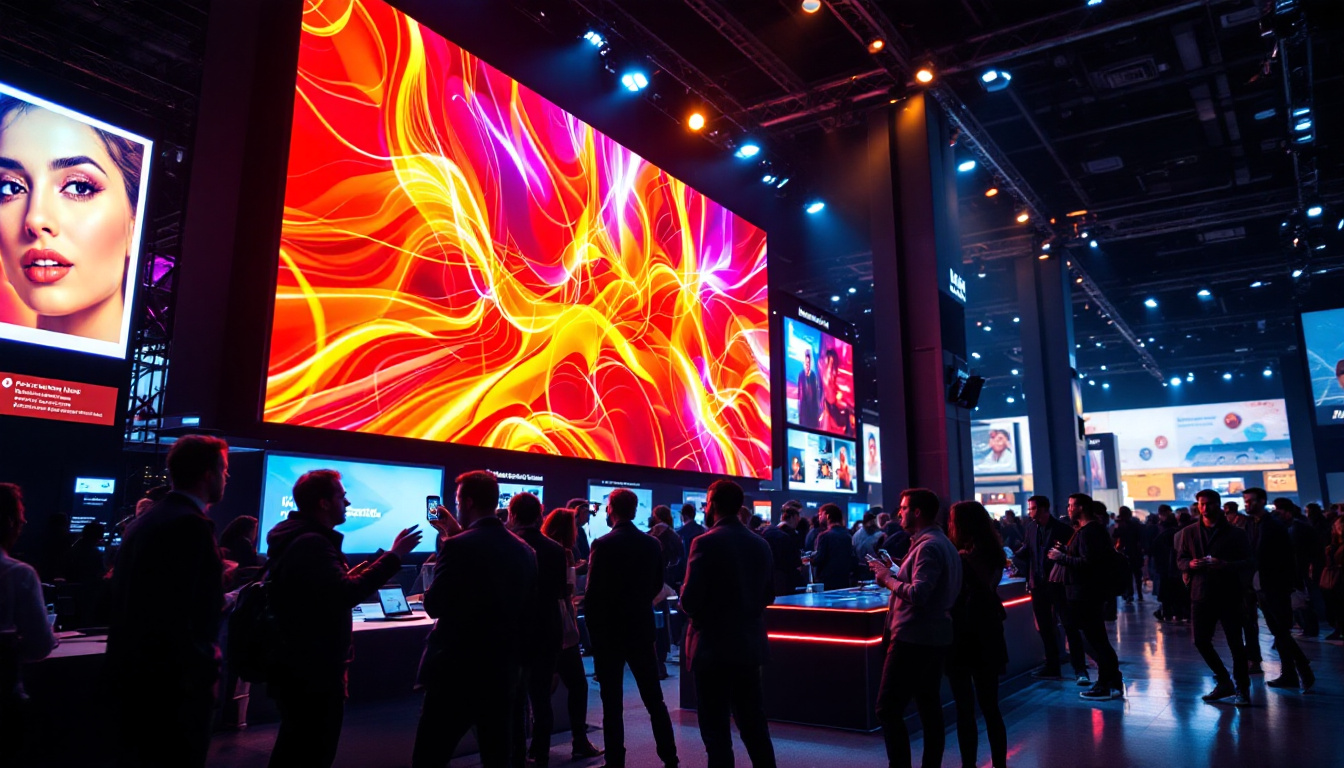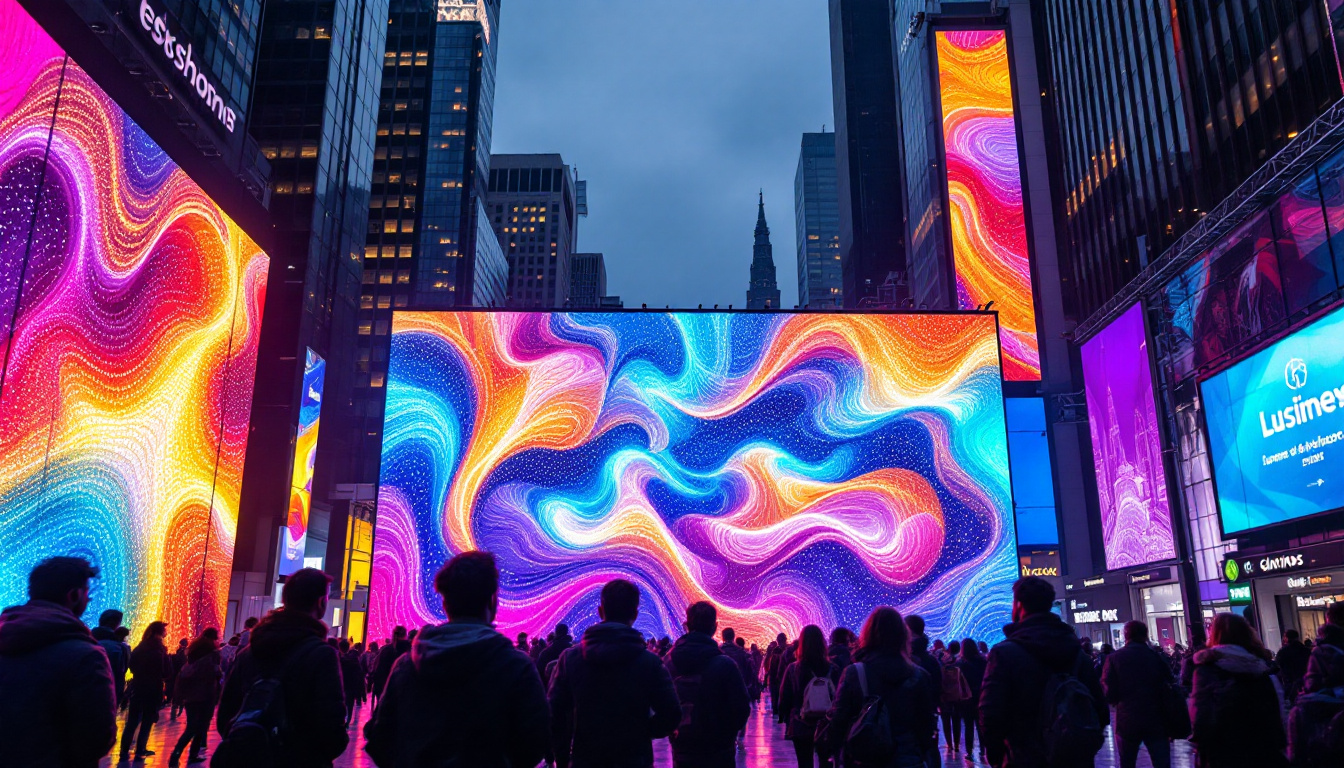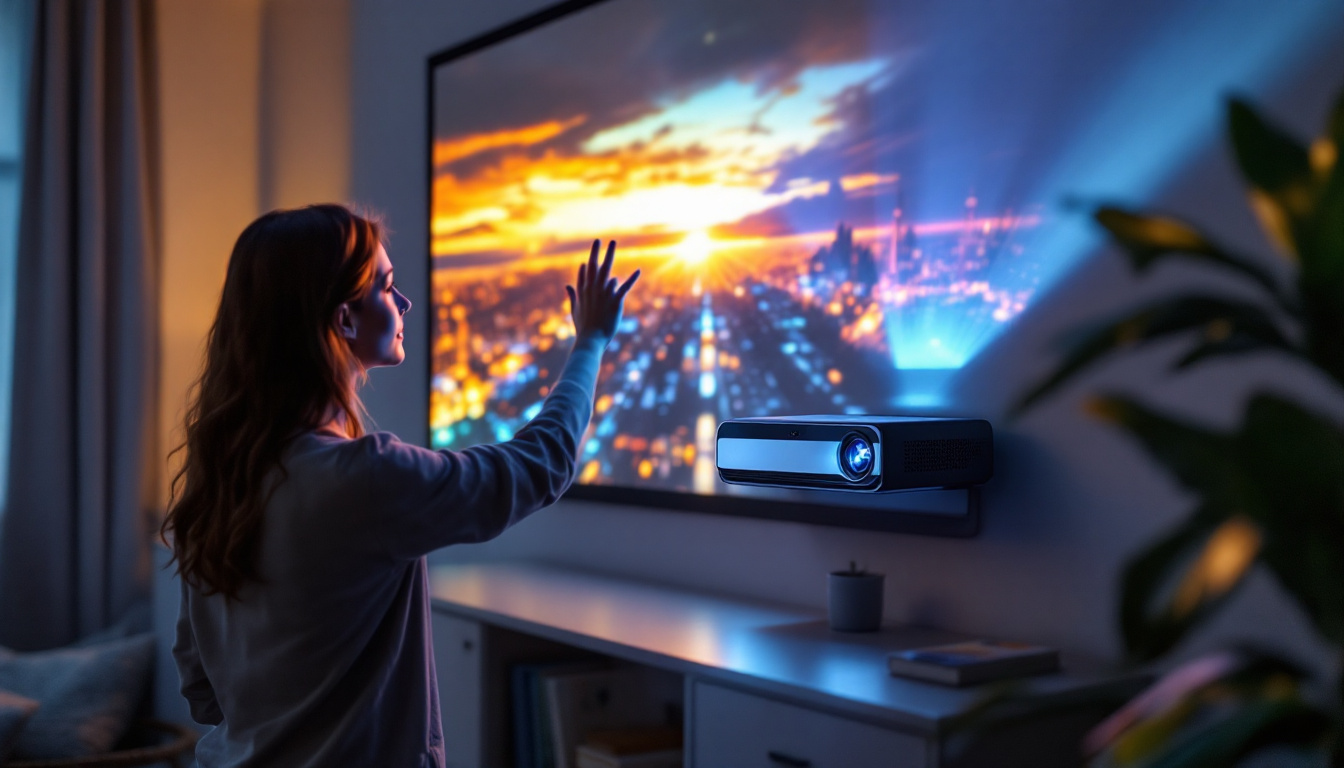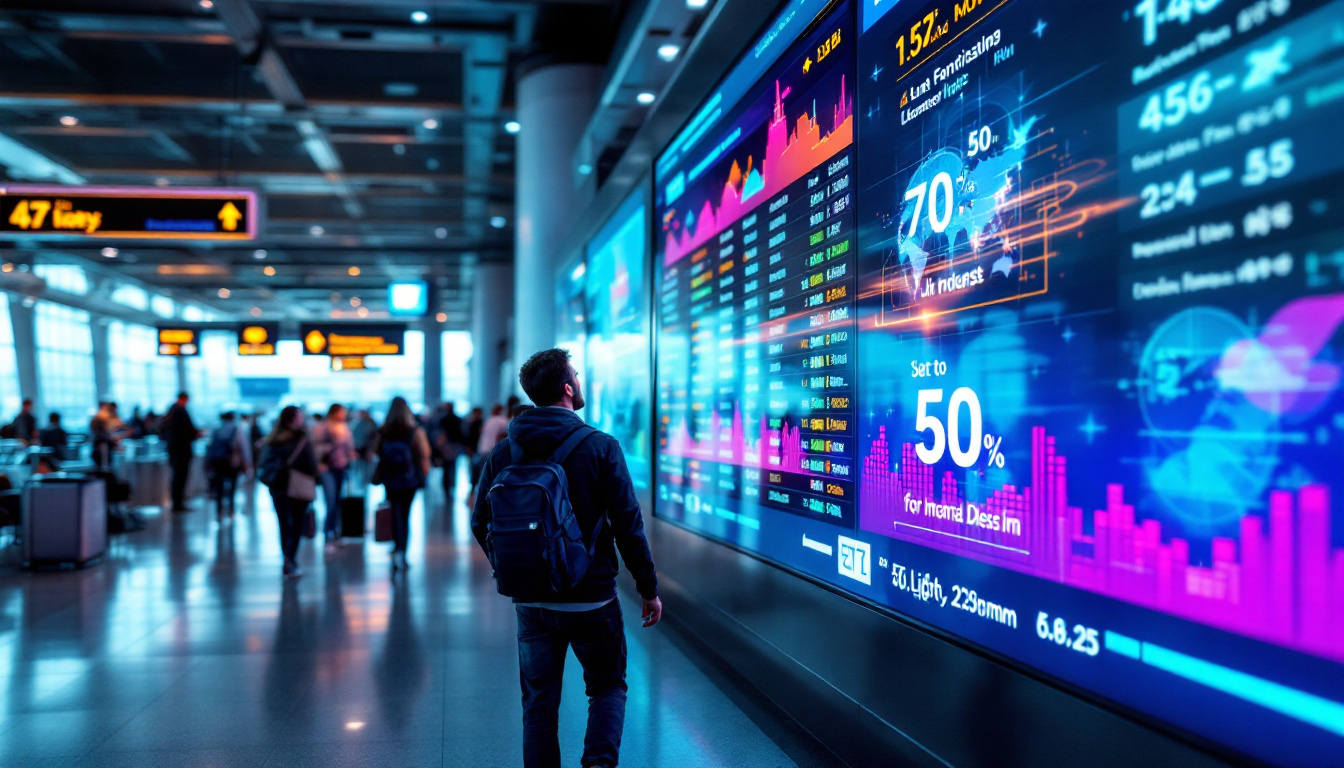In the realm of modern technology, the visual display has become an integral part of how information is communicated and consumed. Among various display technologies, LED (Light Emitting Diode) displays have emerged as a popular choice for both commercial and personal applications. This article delves into the intricacies of LED displays, exploring their functionality, advantages, and the role they play in creating captivating background images.
Understanding LED Displays
LED displays are a type of flat panel display that uses light-emitting diodes to produce images and videos. Unlike traditional LCD (Liquid Crystal Display) screens that rely on backlighting, LED displays utilize individual diodes that emit light, allowing for greater brightness and contrast. This technology has revolutionized the way visuals are presented, making them more vibrant and dynamic. The energy efficiency of LED displays also plays a significant role in their popularity, as they consume less power compared to older display technologies, making them a more sustainable choice for both consumers and businesses alike.
How LED Displays Work
At the core of an LED display are thousands of tiny diodes that can emit different colors of light. These diodes are grouped into pixels, which collectively form the images that users see. When an electrical current passes through a diode, it emits light, and by varying the intensity of this current, the display can create a wide range of colors. The combination of red, green, and blue diodes allows for the creation of millions of colors, ensuring that the visuals are not only bright but also rich in detail. This capability makes LED displays particularly appealing for applications ranging from television screens to large-scale advertising boards.
LED displays can be categorized into two main types: direct view and backlit. Direct view LED displays consist of individual diodes that form the entire image, while backlit LED displays use a panel of LEDs to illuminate an LCD screen from behind. Both types offer unique advantages, but direct view displays are particularly known for their exceptional brightness and color accuracy. Additionally, advancements in technology have led to the development of features such as HDR (High Dynamic Range), which further enhances the contrast and color range, providing viewers with an immersive experience that was previously unattainable.
Types of LED Displays
There are several types of LED displays, each designed for specific applications. The most common types include:
- Indoor LED Displays: These displays are designed for use in enclosed spaces, such as shopping malls, airports, and conference centers. They typically have a higher pixel density, resulting in sharper images viewed from closer distances. Indoor displays often incorporate advanced features such as touch sensitivity, enabling interactive experiences for users.
- Outdoor LED Displays: Built to withstand various weather conditions, outdoor LED displays are often used for billboards and large signage. They are engineered to be highly visible even in direct sunlight, utilizing advanced technology such as anti-glare coatings and high-brightness diodes to ensure clarity and readability from a distance. These displays are often equipped with robust weatherproofing to protect against rain, wind, and extreme temperatures.
- Transparent LED Displays: These innovative displays allow for visibility through the screen while still showcasing images and videos. They are often used in retail environments to create eye-catching displays without obstructing views. The unique design of transparent LED displays enables them to blend seamlessly into architectural elements, creating a modern aesthetic while providing engaging content.
Furthermore, the versatility of LED displays extends beyond traditional applications. They are increasingly being integrated into artistic installations and architectural designs, where they serve not just as information displays but also as dynamic canvases for creative expression. This trend is particularly evident in urban environments, where large-scale LED installations transform public spaces into vibrant hubs of activity and engagement, captivating audiences with their stunning visual displays.
The Advantages of LED Displays
LED displays offer numerous benefits that make them a preferred choice for many applications. Their unique properties contribute to their growing popularity in both commercial and residential settings.
Energy Efficiency
One of the most significant advantages of LED displays is their energy efficiency. Compared to traditional display technologies, LED screens consume less power, making them an environmentally friendly option. This efficiency not only reduces energy costs but also contributes to a lower carbon footprint.
Longevity and Durability
LED displays are known for their longevity. With a lifespan that can exceed 100,000 hours, they outlast many other display technologies. This durability makes them a cost-effective investment, as they require less frequent replacements and maintenance.
High Brightness and Contrast
LED displays are capable of producing exceptionally bright images, which is particularly beneficial for outdoor applications. The high contrast ratios allow for deeper blacks and more vibrant colors, enhancing the overall viewing experience. This feature is crucial in environments with varying lighting conditions, ensuring that content remains visible and engaging.
Applications of LED Displays
The versatility of LED displays has led to their adoption across various industries. From advertising to entertainment, their applications are vast and varied.
Advertising and Marketing
In the advertising sector, LED displays are used to create dynamic and eye-catching advertisements. Their ability to display high-resolution images and videos allows brands to capture the attention of potential customers effectively. Whether in the form of large billboards or smaller digital signage, LED displays have transformed the way products and services are marketed.
Events and Entertainment
LED displays are a staple in the entertainment industry, frequently used at concerts, festivals, and sporting events. Their ability to create immersive visual experiences enhances performances and engages audiences. From massive screens at stadiums to intricate setups at music festivals, LED technology plays a crucial role in modern entertainment.
Corporate and Educational Settings
In corporate environments, LED displays are utilized for presentations, meetings, and training sessions. Their clarity and brightness ensure that information is conveyed effectively, regardless of room size. Similarly, educational institutions use LED displays to enhance learning experiences, making lectures more interactive and engaging.
Creating Stunning Background Images with LED Displays
One of the most captivating aspects of LED displays is their ability to showcase stunning background images. Whether for advertising, events, or personal use, the visual appeal of LED technology can transform any space.
Design Considerations
When creating background images for LED displays, several design considerations come into play. The resolution of the display is paramount; higher resolution images are essential for maintaining clarity, especially in larger formats. Additionally, color contrast and brightness should be carefully balanced to ensure that the images are vibrant and eye-catching.
Dynamic Content
LED displays excel in presenting dynamic content, allowing for animated backgrounds that can capture attention effectively. This dynamism can be particularly useful in advertising, where changing visuals can draw viewers in and keep them engaged. Utilizing motion graphics and video loops can enhance the overall impact of the display.
Branding and Aesthetics
For businesses, the background images displayed on LED screens can serve as a powerful branding tool. Incorporating brand colors, logos, and themes into the visuals can reinforce brand identity and create a cohesive aesthetic. This approach not only enhances the visual appeal but also strengthens brand recognition among consumers.
Challenges and Considerations
While LED displays offer numerous advantages, they are not without challenges. Understanding these challenges can help users make informed decisions when implementing LED technology.
Cost Considerations
The initial investment in LED display technology can be significant, particularly for large-scale installations. However, it is essential to consider the long-term savings associated with energy efficiency and reduced maintenance costs. Evaluating the total cost of ownership can provide a clearer picture of the financial implications.
Technical Expertise
Implementing LED displays may require technical expertise, particularly for installation and maintenance. Ensuring that staff are adequately trained or hiring professionals can mitigate potential issues and ensure optimal performance. This expertise is crucial for troubleshooting and maintaining the display over time.
Environmental Considerations
While LED displays are generally more energy-efficient than traditional displays, their production and disposal can have environmental impacts. It is essential to consider sustainable practices when choosing LED technology, including recycling options and energy sources. Opting for manufacturers that prioritize sustainability can contribute to a more eco-friendly approach.
The Future of LED Displays
The future of LED display technology looks promising, with ongoing advancements that continue to enhance their capabilities. Innovations in pixel technology, energy efficiency, and design are expected to shape the next generation of displays.
Advancements in Technology
As technology evolves, LED displays are becoming increasingly sophisticated. Developments such as microLED technology promise to deliver even higher resolutions and improved color accuracy. These advancements will expand the possibilities for applications in various fields, from entertainment to healthcare.
Integration with Other Technologies
Future LED displays are likely to integrate more seamlessly with other technologies, such as augmented reality (AR) and virtual reality (VR). This integration will create immersive experiences that blur the lines between the digital and physical worlds, opening up new avenues for engagement and interaction.
Customization and Personalization
As consumers demand more personalized experiences, LED displays will likely evolve to offer greater customization options. This trend will allow businesses and individuals to tailor their displays to reflect their unique styles and preferences, enhancing the overall impact of the visuals.
Conclusion
LED displays have revolutionized the way visuals are presented, offering unparalleled brightness, energy efficiency, and versatility. From advertising to entertainment, their applications are vast and varied, making them a crucial component of modern technology. As advancements continue to shape the future of LED displays, their role in creating stunning background images and immersive experiences will only grow.
Understanding the intricacies of LED display technology is essential for anyone looking to leverage its capabilities effectively. By considering design, content, and environmental factors, users can maximize the impact of their LED displays, ensuring that they serve as powerful tools for communication and engagement.
Explore Cutting-Edge LED Display Solutions with LumenMatrix
Ready to elevate your visual experience with the latest in LED display technology? Discover LumenMatrix’s innovative solutions that bring your brand to life. From the vibrant Indoor LED Wall Display to the robust Outdoor LED Wall Display, and from the dynamic Vehicle LED Display to the sleek LED Poster Display, LumenMatrix offers a wide range of products designed to captivate and engage. Whether you’re looking to dazzle with an LED Sports Display, make a statement with a Floor LED Display, or customize your message with a Custom LED Display, LumenMatrix has the technology to revolutionize your visual communication. Embrace the future with our All-in-One LED Display and LED Transparent Display options. Check out LumenMatrix LED Display Solutions today and transform your space into a hub of digital innovation.

